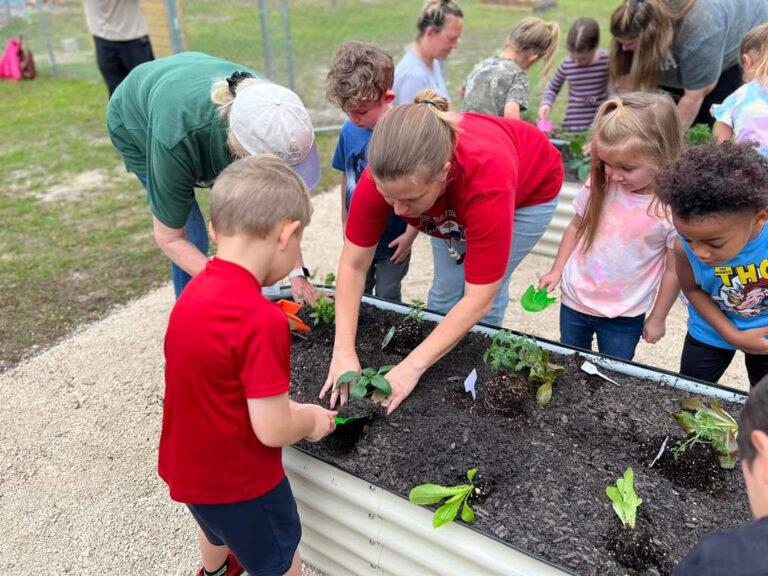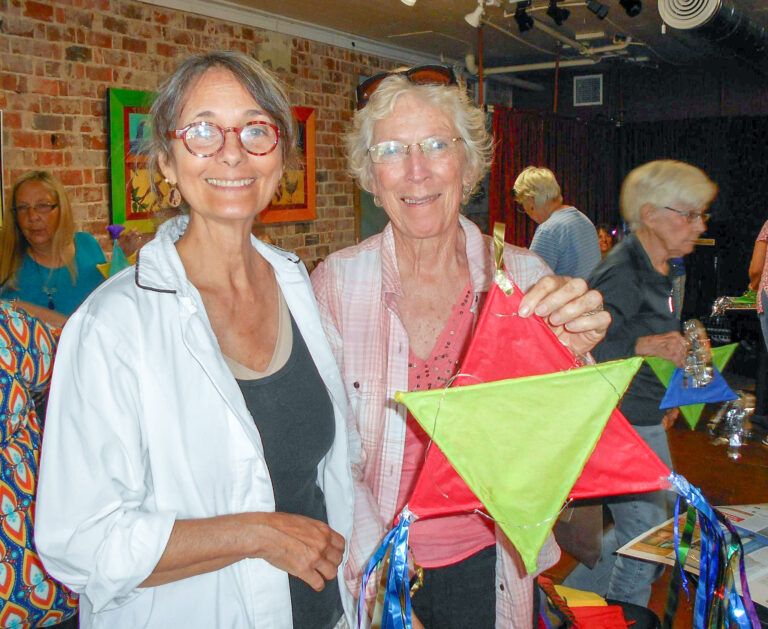Water clarity could play key role at Redfish Cup
After seeing two major hurricanes impact his central Florida home waters in a three-week period, Captain Cody Chivas is ready for some bent-rod therapy. Fortunately, he’ll get that opportunity during the Yamaha Bassmaster Redfish Cup Championship presented by Skeeter at Apalachicola Bay.
In the event’s first Sunshine State visit, competition days will be Oct. 25-27 with daily takeoffs from Scipio Creek Marina at 7:30 a.m. ET with weigh-ins each day at the marina at 3:30 p.m.
Chivas, from Indian Rocks Beach, partnered with Fred Myers III of Panama City, to win last year’s Redfish Cup Championship at South Carolina’s Winyah Bay.
“Last year, I fished a lot and I was kinda tired going into the championship,” said Chivas, who also guides his local waters. “This year I was busy with different things, and then we had the two hurricanes, so I’m ready to go fish.
“Usually, I’m fishing every day, but I was able to take a client out a week before the tournament, the first time I’d fished in about three weeks. I’ll have a lot of enthusiasm to get back on the water and compete.”
While Chivas will enjoy a break from the local storm damage, he may not entirely escape Hurricane Helene’s impact. Brushing the central Florida coast the last week of September, the storm continued northward, making landfall in the Big Bend and plowing inland to impact Georgia, the Carolinas, Tennessee and Virginia.
While the event site avoided a direct hit, local guide and tournament competitor Krista Miller said a delayed impact could be a factor. Redfish anglers prefer clean water, mostly for visibility, but with voluminous stormwater gradually finding its way south, clarity could suffer.
“The No. 1 challenge we will have this year will be the recent storms and the water quality,” Miller said. “After the flooding that happened several states north of us, the water is just now starting to recede, and it’ll pull a lot of sediment with it. That will change where we fish.
“The bay is the catchall for everything north of us — lakes, rivers, streams, parking lots. Not all the water has reached us yet, but we’ll know soon what effect it might have.”
Ideally, tournament waters would not see a massive turbid influx during the event, but whatever arrives will be flushed past the barrier islands and into the Gulf of Mexico courtesy of strong tide cycles. While that process plays out, anglers will move around to locate the best available water.
Miller believes the entire Apalachicola Bay system — from the Gulf passes to the inside flats and oyster bars to the salt marsh — will be in play. Clarity will dictate much of the event’s unfolding, but Miller said the seasonal shrimp abundance holds sway over gluttonous reds.
Chivas agrees and notes an optimism fueled by experience from when he was a student at Florida State University.
“A cold front the week before the tournament should cool the water and get those redfish schooled up and eating those shrimp. I don’t want to over-hype it, but if we get the right weather, we could have incredible action. I think every team will catch 20 fish a day,” he said.
In addition to cleaning out the bay, daily tides govern shallow-water access, along with redfish feeding. Higher tide levels allow fish and anglers to reach into shallow-marsh creeks and move up to oyster bars, while falling water ushers everyone out to deeper areas.
Practice days will see one tide cycle, while tournament days will bring two, which means more changes and shorter bite windows throughout tournament days, so anglers can’t get too comfortable in one location, Miller said.
“Schooling fish are really going to play,” said Chivas. “I think the team that will win this event will be on the school of fish that are the right size. A lot of people will find a lot of fish the same size, but that upper-echelon fish is what you want. After the first day, the people that are on those bigger fish will start to separate themselves from the rest of the field.”
For clear water and calm conditions, Chivas said artificial shrimp lures are hard to beat. If windy days bring stirred water, popping-cork rigs, weedless gold spoons, jigs with paddle tails or Berkley Gulp Shrimp will get the call.
“If the fish are spooky in shallow water, we’ll throw topwater stickbaits,” he said. “We’ll stay off the fish and make super-long casts.”
This no-entry-fee invitational event will consist of 10 two-angler teams, including a quartet of Bassmaster All-Star pairs comprising four Elite Series pros and four Skeeter/Yamaha saltwater pros (Miller pairs with Elite pro Justin Atkins). Along with the defending champions, Chivas and Myers, the rest of the field will be filled by five teams from professional redfish circuits.
“It’s a really cool format,” said Chivas. “Most of the events we fish are regional, but in this one, you have anglers from all over. It’s the cream of the crop, and we’re friends with a lot of the anglers in the event. It will be cool to meet some new anglers and mix with some of the bass guys.”
While Chivas certainly values the camaraderie, he’s most eager to meet some of Apalachicola Bay’s hefty redfish. The tournament’s catch-weigh-release format will allow teams to weigh their two largest redfish (in an 18- to 27-inch slot limit) per boat, per day.
“I think you’re going to have to average about 13 1/2 pounds a day (for two fish),” Chivas said. “A team might have 14 1/2 one day, but they may fall back the next day. I think if you’re around 40 pounds for a three-day total, you’ll be in good shape to win this event.”
Florida’s Forgotten Coast is the local sponsor of the championship, with Yamaha title sponsor and Skeeter Boats presenting sponsor.




Meet the Editor
David Adlerstein, The Apalachicola Times’ digital editor, started with the news outlet in January 2002 as a reporter.
Prior to then, David Adlerstein began as a newspaperman with a small Boston weekly, after graduating magna cum laude from Brandeis University in Waltham, Massachusetts. He later edited the weekly Bellville Times, and as business reporter for the daily Marion Star, both not far from his hometown of Columbus, Ohio.
In 1995, he moved to South Florida, and worked as a business reporter and editor of Medical Business newspaper. In Jan. 2002, he began with the Apalachicola Times, first as reporter and later as editor, and in Oct. 2020, also began editing the Port St. Joe Star.